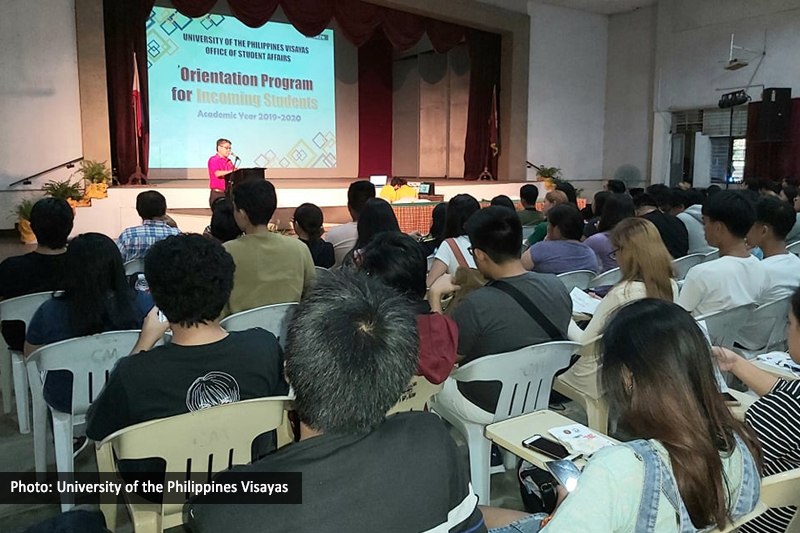An exodus of workers in the construction and hospitality sectors upon gaining qualifications is inevitable, a study on Philippine Technical and Vocational Education and Training (TVET) showed.
The research commissioned by the Philippine Institute for Development Studies (PIDS) indicated that workers most migrate flee to bigger cities or abroad once they have gained qualifications through local TVET training and employment.
“The flight of skilled workers contributes to labor supply gaps and necessitates training programs that continuously produce qualified workers,” the paper stated.
The study, written by Dr. Aniceto Orbeta Jr. and John Paul Corpus, also unravelled a low drive for construction-related jobs among those enrolled in TVET.
“The respondents attributed the low demand in the sector to unfavorable perceptions of construction jobs among the youth and their parents. Construction jobs are viewed as lowly, dirty, and dead-end jobs,” the report said.
Orbeta and Corpus also found out that tourism-related programs are the most widely offered in the country, climbing up to at least 16,620 programs offered in the year 2020, citing administrative data.
Other top sectors with the widest job opportunities included agriculture, forestry, and fishing; metals and engineering; electrical and electronics, human health or health care, construction, automotive and land transportation, as well as social, community development, and information and communication technology.
In the same year, an estimated of 600,000 Filipinos graduated from the TVET programs.
In 2022, about 2.5 million of the total youth population were not classified under employment, education, or training, the study shows.
“Vocational education can be a tool for engaging NEET and integrating them into the labor market. To fulfil these roles, TVET must be responsive to the labor market’s requirements for skills and competencies in the workplace and be accessible to young learners from disadvantaged backgrounds,” the study said.
Categorizing the same as “disengaged youth,” Orbeta and Corpus also learned that young people tend to belong to low-income households who have obtained secondary education but may be economically inactive.
The government oversees the TVET system through the Technical Education And Skills Development Authority (TESDA). It seeks to set policy direction, regulate TVET provision and certification, and implement programs to ensure inclusivity in technical education.
Firms may source their trainees from high schools, local government units (LGUs), government agencies, and other firms – many of which may be students or out-of-school youth aged 15 to 30 years old, generally coming from poor families.
The majority of the trainees affiliated with the system aim to learn technical-vocational skills (46.9 percent), seek employment after completion of training (38.3 percent), or get a better offer or opportunity from the one they currently have (5.4 percent).
The study estimated that around 300,000 trainees have earned their National Certificates in 2020.












